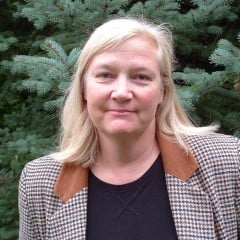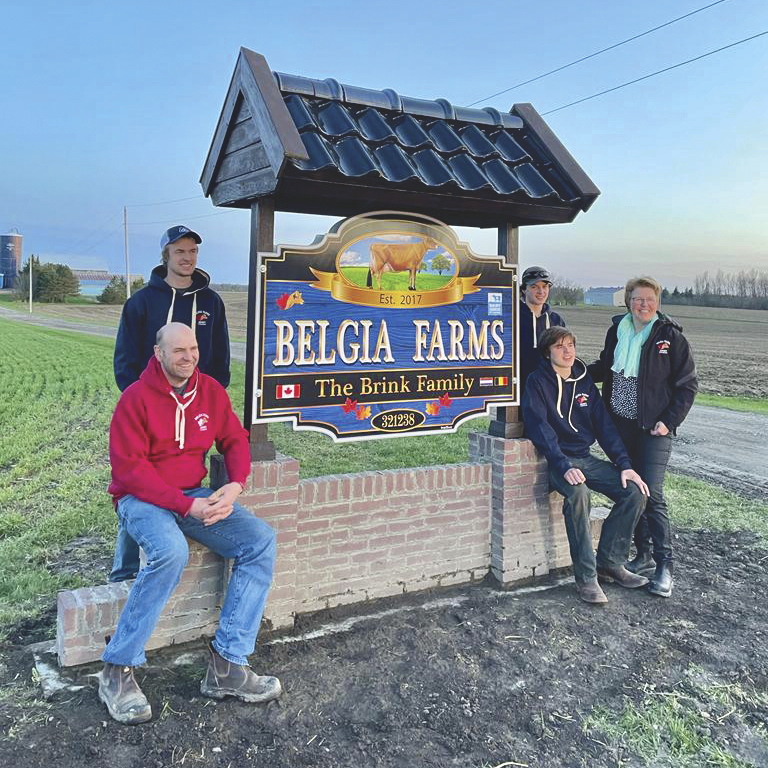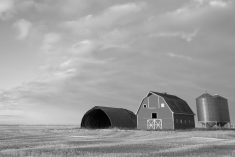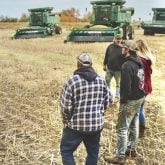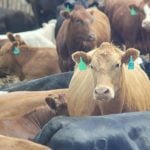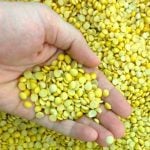[UPDATED: Nov. 21, 2023] Even into the early 2000s, Canadian real estate agents were doing impressive business flying cash-rich and expansion-minded European farmers west across the Atlantic to buy turnkey farms here at prices far cheaper than they could ever find at home.
That was then.
Today, the flow has slowed to a trickle, not so much because farmland prices have shot up in Canada or because the loonie has gained against the euro — although there’s no denying that such factors are important — but because Canada doesn’t have much stock of land on the market anywhere at any price.
Read Also

What to consider when setting up farm-related business ventures
Things to consider before launching a farm-adjacent side business.
Canada’s farmers are snapping up every available acre.

“We’ve seen a complete turnaround from 20 years ago” says Sheldon Froese, a real estate broker with Royal LePage Riverbend Realty in Manitoba which has long specialized in matching foreign buyers with Canadian sellers.
In those days, says Froese, “Eighty per cent of our business would have been overseas buyers,
“Now, it’s probably 90 per cent Canadian — half of that from within Manitoba and the other half from out of province.”
Nor are price and availability the only issues. Stricter controls on overseas and non-resident buying of farmland are biting too, even if they vary from province to province.
Still there is that trickle of overseas buyers purchasing Canadian farms; Froese sold a dairy operation to a Dutch family a year-and-a-half ago and Phil Spoelstra, a real estate broker with Remax FarmOntario Team has seen interest pick up again since the end of the COVID-19 pandemic.
“The primary purpose is to immigrate, move here and farm here, so we are mostly seeing European farmers and some buyers from India as well looking to come into Ontario,” Spoelstra says.
And even if the economics and the regulations have moved against them, there’s still a strong vein of European interest in Canada’s farmland. Except now, the reason has a lot more to do with EU environmental and climate-change regulations and the fear that Europe is getting increasingly anti-farmer.
Why look to Canada?
At first glance, it seems obvious the economics should rule. Not only is an acre of Canadian ground so much more expensive these days, it also takes so many more of them to make a farm.
“We used to have people move out here and buy 400-acre beef farms and make a living,” says Froese. “That’s non-existent now … successful farms have to be a lot bigger than they were 15 or 20 years ago.”
Instead, in today’s marketplace, the issue isn’t really what makes Canada look so good. It’s what makes Europe look so anti-farmer — namely its strict climate and environmental regulations targeting farmers in an attempt to meet national emissions goals.
In 2019, 27 EU member states committed to reducing emissions by at least 50 per cent compared to 1990 levels. The resulting European Green Deal sets out strategies to do that, including proposals to reduce nitrogen and methane emissions from the livestock sector.
This past spring, the Dutch government announced a plan to spend 1.47 billion euros to buy out dairy and other livestock farmers located near protected natural areas.
“There is almost an agenda in Europe to get rid of farmers,” Spoelstra says. “Governments in some countries are incentivizing farmers — particularly dairy farmers — to quit farming by offering them more than market value for their farms provided they sign off on never farming in the EU again.”
Increasingly, the focus is turning to other ag sectors too.
“The European Union is making decisions that are not farmer-friendly and there are too many rules coming for their farms to maintain them,” agrees Marianna Westerkamp, owner of Westerkamp Realty on P.E.I.
“In Germany for example, if they are crop farmers, they are allowed to use less and less (inputs) on their fields, so their production becomes less and less and the money they make becomes less and less. And then the young people are not interested anymore to stay and farm.”
Not a wave but a trickle
While there is no shortage of people overseas who want to emigrate to Canada to live and farm, it’s unlikely there will be another big wave of them because it’s not as easy or as fast a process as it used to be.
For potential immigrant buyers, that’s a problem, though, because the immigration process, which used to take a few months, can now take longer.
“Our technology has advanced a lot in the last 25 years, so it’s hard to understand why it takes that long,” says Froese. “There are definitely people with substantial money to invest here, but it’s difficult for someone to make a plan, to sell their farm and then wait two years to see if they can get immigration status.”
Canada is better
Six years ago, Dutch dairy farmers, Han and Irma Brink, moved to Canada and purchased a dairy farm close to New Hamburg in Ontario where they felt there was more opportunity to grow their operation for their three sons, and where there was less political insecurity for farmers.
“In the Netherlands it’s hard to make decisions or investments for your future because the rules are constantly changing,” Han says. The removal of the quota system in 2015, and the resulting tumble in milk prices due to overproduction, was the last straw for the family who had been considering a move to Canada ever since they had worked and travelled here for several months in their youth.
A family visit in 2016 sealed the deal, with teenage children Steffan, Rick and Jordy keen to move.
Initially, the farm was a bit of a step backwards from the operation they had built up in Holland on 150 acres. There, the Brinks had robotic milkers for their 95 Holstein cows, and had built up good young stock through their breeding program.
Their new dairy had only 60 cows and a milking parlor and they had to start again trying to breed the animals to the standard they’d had before.
Still, their advice to other farmers who are thinking of emigration is to manage their expectations. Just get your foot in the door with whatever is available and build up from there.
“We were satisfied with doing a step back instead of looking forward all the time and saying, ‘I want to expand’ because that’s what you did in Holland,” Han says. “If you find a good area and have quality soil in the field, stay there and build when you can because it’s also easier to move again once you are already in Canada.”
Two years ago, the family sold their first farm and moved to a larger one with 300 acres, robotic milkers and 300 Jersey milking cows an hour north near Orangeville.
There were a few differences to get used to, including learning how to grow alfalfa for feed and having to wait to do field work in the spring that would have begun weeks earlier on their farm in Holland. They also had to adjust to long winters and learn to operate a snowblower.
“We know that starting too early with field work in the spring can destroy your soil and that’s not what we want, so we were listening to the neighbours and asking them is the field ready to go?” Han says. “That is another thing that is very different because in the Netherlands there is more competition between farmers. But here, if you are open to asking your neighbours, they are happy to help you out.”
*Update: Several references to rules regarding foreign ownership of land in Canada were removed. We apologize for any confusion this may have caused.

